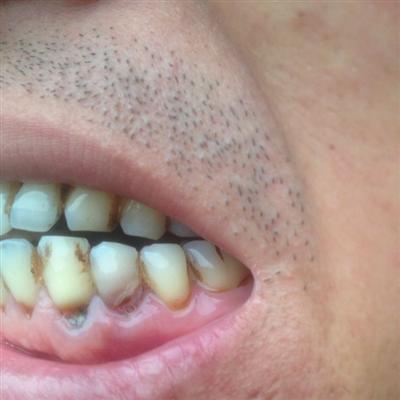How is meconium formed?
summary
How is meconium formed? In the womb of a pregnant woman, the fetus is suspended in the amniotic fluid. This fluid protects the fetus during its growth and development. The fetus will swallow amniotic fluid in the uterus. The swallowed amniotic fluid includes all kinds of substances (fetal hair, exfoliated skin cells, etc.) in the meconium mentioned above. The swallowed amniotic fluid will be filtered and absorbed and discharged from the urine back to the amniotic fluid in the uterus, and those substances contained in it will be left in the intestinal tract, This cycle ensures that the amniotic fluid is in a clean and healthy state during the nine month pregnancy. This process happens about every three hours. Therefore, meconium is formed by intrauterine impurities.
How is meconium formed?
The meconium of the fetus has swallowing function and is more than 20 weeks (5 months) pregnant. There is meconium in the intestinal tract of the fetus. The fetus is the earliest intestinal secretion product of the newborn, with thick shape. Generally discharged after production. So meconium forms at 20 weeks of gestation.

Meconium aspiration syndrome is often a complication of placental insufficiency (such as preeclampsia, high blood pressure and prolonged labor). In fetal distress, the fetus excretes meconium and gasps hard, thus the meconium mixed in amniotic fluid is inhaled into the lung. Meconium aspiration syndrome is very serious in prolonged labor, because the amount of amniotic fluid in prolonged labor is less, meconium can not be diluted, Meconium particles thick, it is easy to cause respiratory tract obstruction. Fetal inhalation of meconium lead to chemical pneumonia and mechanical bronchial obstruction.

How does postpartum meconium discharge. Newborns generally begin to excrete meconium 12 hours after birth. Meconium is dark, dark green or black viscous paste, which is the stool formed by fetal hair, fetal fat and intestinal secretions swallowed in the uterus. 3-4 days after birth, the fetus can be discharged, and the stool gradually turns yellow after feeding.

matters needing attention
If the baby's meconium discharge is not smooth, it can help the baby massage the abdomen, which is conducive to intestinal peristalsis and promote the discharge of feces. The specific method is: rub your hands to keep the temperature, take the baby's navel as the center, draw a circle clockwise, massage for 5 times, rest for 2 minutes, massage for 5 times, repeat for 3 cycles. If the baby's meconium can not be smoothly discharged, you can ask the doctor to enema to promote defecation. Generally, use isotonic temperature saline, 15-30 ml enema each time, or use glycerin / sodium chloride (kaisailu) 5 ml each time to gently inject into the anus, and keep it for a few minutes. Most of them will work.















